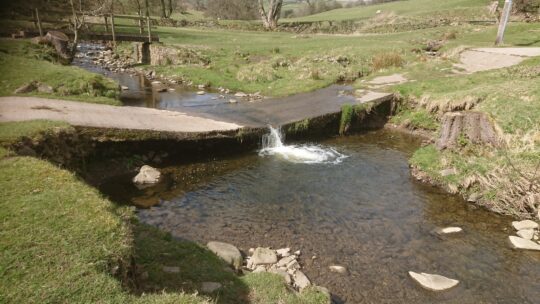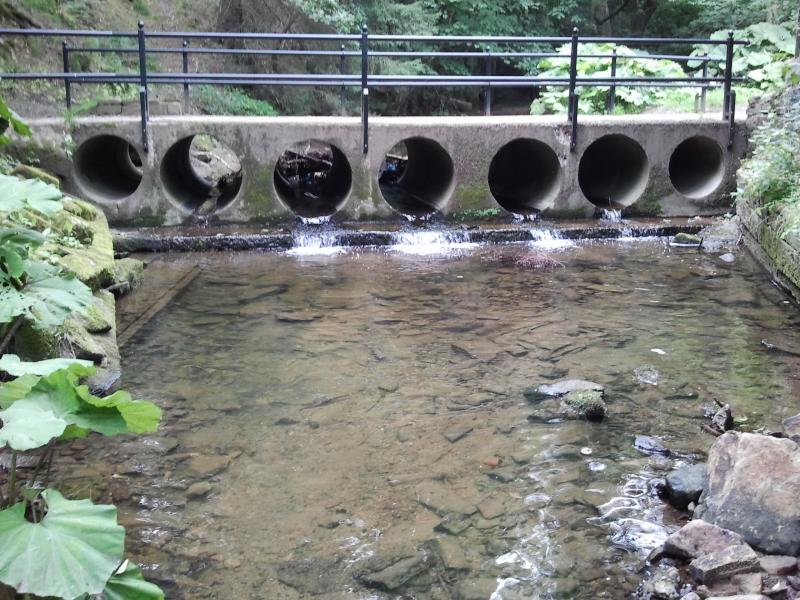Jeroen Tummers has been wrestling with more holistic fish passage solutions during the course of his PhD with Dr Martyn Lucas at Durham University (Martyn gave us a few comments about this project on a previous WTT Blog). But below, we hear from Jeroen himself, about his valuable contribution.
One of the most important components in restoring impacted river systems, given their linear nature, is to reconnect habitat patches separated by obstacles to free movement. Fishes rely on free access to habitat upstream, and downstream, in a river system to spawn, for feeding, or for finding refuge. Since the presence of these three functional habitat types can change both spatially and temporally, it is important that free access is retained.



